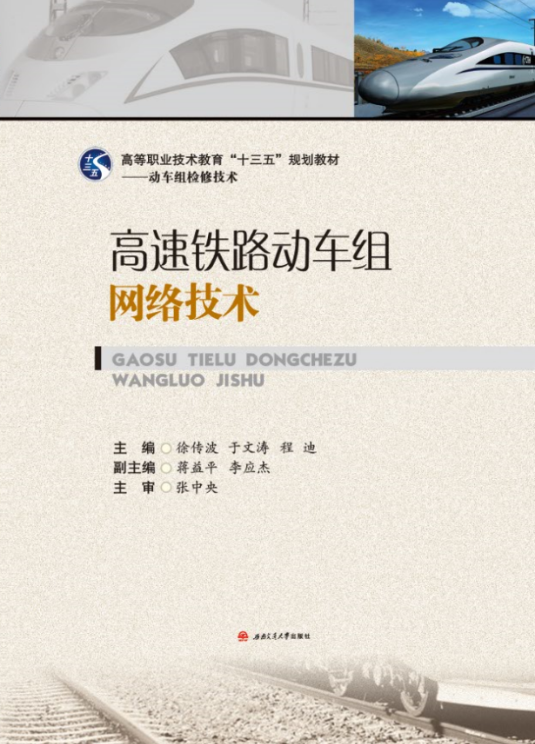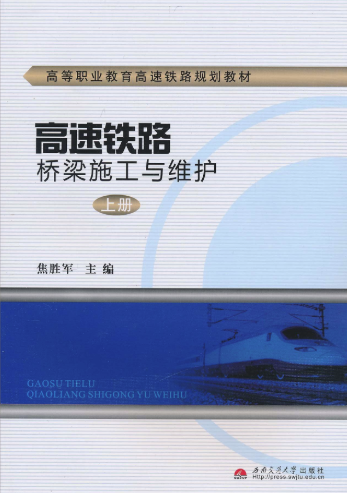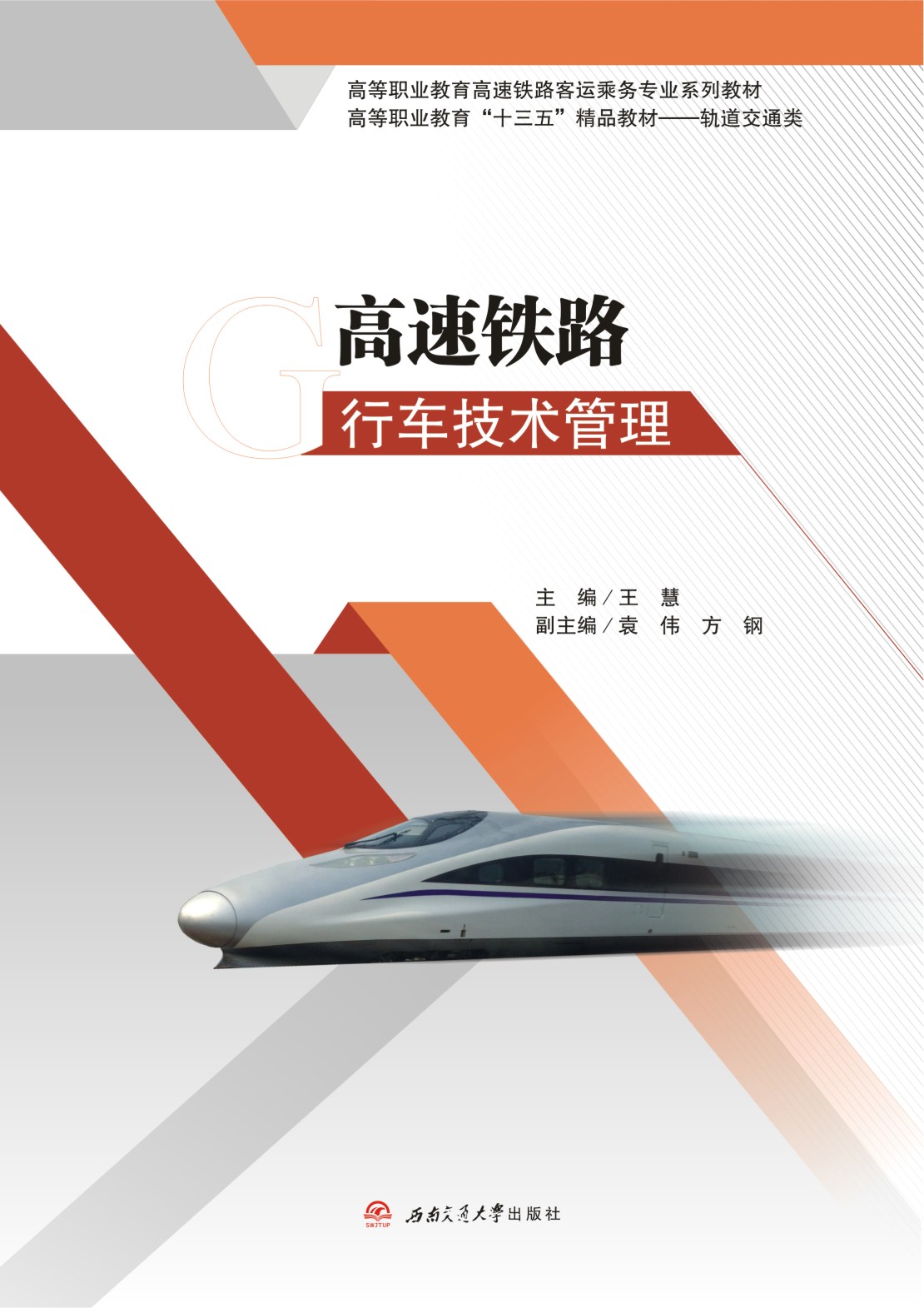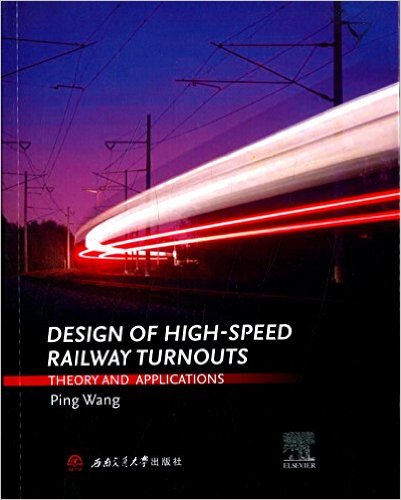-
 高速铁路动车组网络技术
高速铁路动车组网络技术作者:徐传波 于文涛 程 迪
本教材针对高等职业院校技能型人才培养的特点,以动车组运用检修的各项任务、项目过程为导向,培养学生面向工作岗位的实际能力。本教材在介绍计算机网络与数据通信的基础上介绍了动车组网络的相关协议和CRH系列动车组的网络构成,最后以CRH2系列动车组为例介绍了动车组网络的应用与检修情况。全书内容分为8个项目,包括了列车网络的发展现状与特点、计算机网络基础、数据通信基础、TCN网络标准、其他列车网络标准、无线网络标准、CRH系列动车组网络系统、动车组网络技术的应用与检修等。
-
 高速铁路桥梁施工与维护(上册)
高速铁路桥梁施工与维护(上册)作者:焦胜军
《高速铁路桥梁施工与维护(上册)》分为施工准备、下部结构施工、上部结构施工、桥梁养护维修四部分,为上下两册,上册包括施工准备和下部结构施工,下册包括上部结构施工和桥梁养护维修。《高速铁路桥梁施工与维护(上册)》按照高速铁路桥梁的建设顺序进行编排,全面介绍了我国高速铁路桥施工及维护的最新状况。施工准备突出我国高速铁路桥梁发展状况和项目工区的施工准备,下部结构施工突出明挖基础、桩基础、承台和桥墩台大体积混凝土施工,上部结构突出了预制预应力混凝土简支箱梁、连续梁(刚构)及拱桥、组合体系桥施工,对高速铁路桥梁养护维修做了全面的介绍,并附有我国高速铁路现行规范、标准、通用参考图和桥梁施工常用术语(含英文解释)。可以供高职院校铁道(高速铁道)工程技术专业学生作为教材,也可供高速铁路桥梁施工(养护)技术人员参考。
-
 高速铁路行车技术管理
高速铁路行车技术管理作者:王慧
本书是高等职业院校高速铁路客运乘务专业核心课教材,主要内容包括:高速铁路行车设备、运行控制系统, CTCS-2 和 CTCS-3系统,高速铁路旅客列车开行方案与列车运行图,高速铁路车站作业组织、调度指挥等。本书编入最新的高铁行车技术管理内容,具有可读性强和操作性强的特点,既可作高等职业院校高速铁路客运乘务、铁道交通运营管理等相关专业教材,亦可作铁路相关专业职工的培训教材和相关专业人员的参考资料。
图书分类
Book classification- 《高速铁路道岔设计理论与实践(英文)》出版标志著西南交通大学与世界著名出版商爱思唯尔联合实施的中国高铁学术出版“走出去”项目正式拉开帷幕。《高速铁路道岔设计理论与实践(英文)》由中国高速铁路道岔理论研究组组长王平主笔,通过分析中国高速铁路的运行实例,介绍具有中国自主知识产权的高铁道岔基础理论,高铁道岔的设计和维护。
- 《高速铁路道岔设计理论与实践(英文)》及时地将这些理论研究成果归纳总结,并呈现给大家,希望能对铁路道岔设计工作者有所帮助,继续推动我国道岔技术的发展。
-
Preface
CHAPTER 1 Types and Structure
1.1 Main Types
1.1.1 Composition
1.1.2 Classification
1.2 Technical Requirements
1.2.1 Excellent Technical Performance
1.2.2 Hi...查看更多 - Ping WANG
Professor of Civil Engineering at Southwest Jiaotong University, China; and Director of Key Laboratory of High-Speed Railway Engineering, Ministry of Education.
Professor W...查看更多





